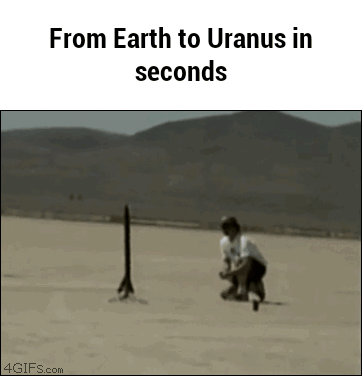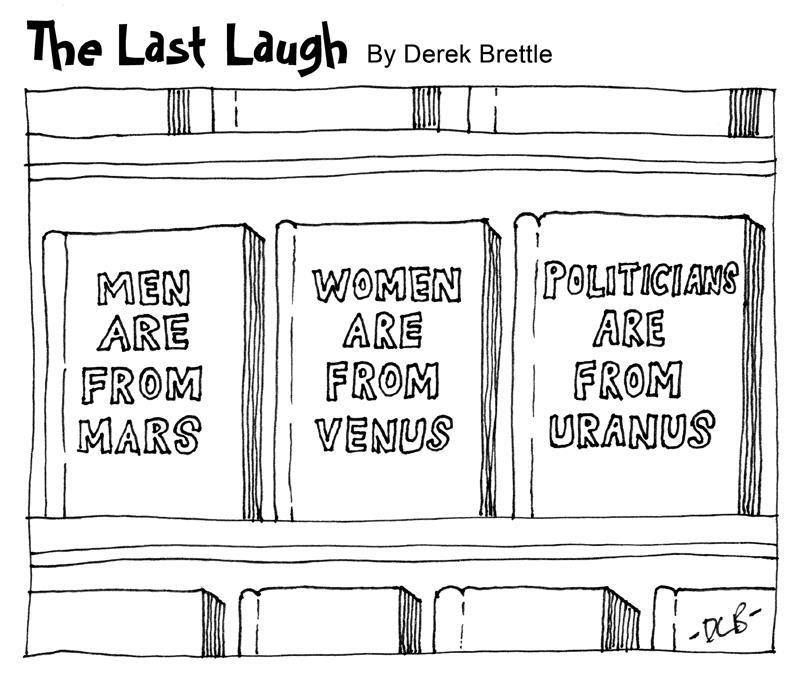Tag: Uranus
What if Other Planets Were As Close As The Moon?
What would the sky look like if you could swap the moon for each of the other planets? Ron Miller, a former art director for NASA, superimposed the planets in place of the moon to create images which show their true size if placed that near to Earth.
The Moon

What if a celestial body like Jupiter, the biggest planet in our solar system, was as close to the Earth as our moon? Would it fill the night sky? Illustrator and author Ron Miller sought to answer the question using the reference photograph above.
It’s important to note that this is strictly a visual exercise. If a planet like Jupiter were actually as close to Earth as the Moon, its immense gravitation would wreak havoc on our planet. So for the gallery below, please temporarily suspend your disbelief and just imagine how amazing it would be to see a planet like Saturn in such incredible detail.
For reference, the Moon is about 386,243 km (240,000 miles) from Earth and has a diameter of approximately 3,476 km (2,160 miles). The Earth’s diameter is 12,742 km (7,918 miles)
Venus

Mars
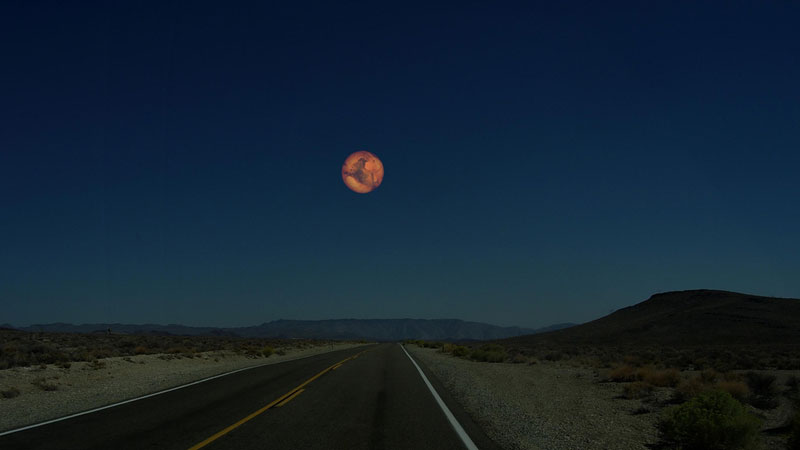
Jupiter
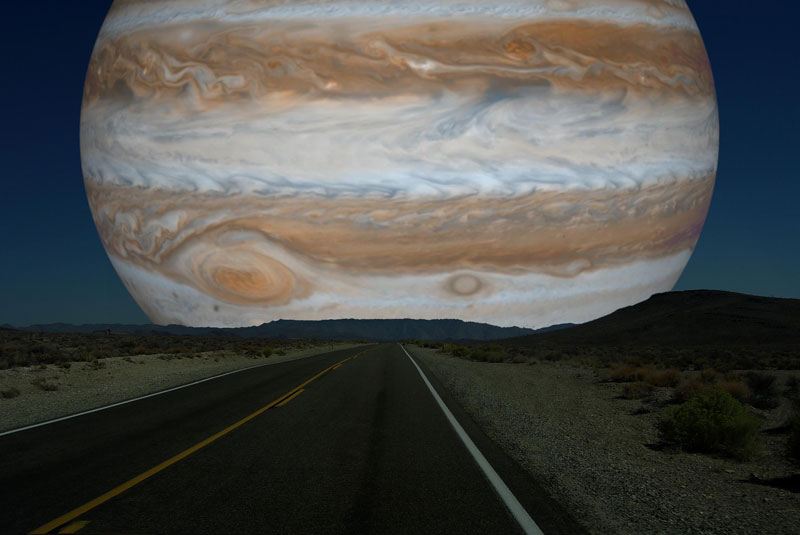
Saturn
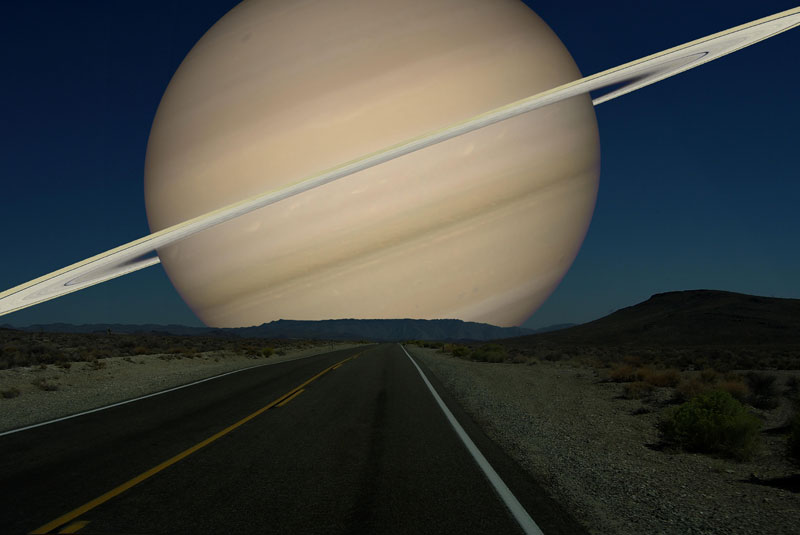
Uranus
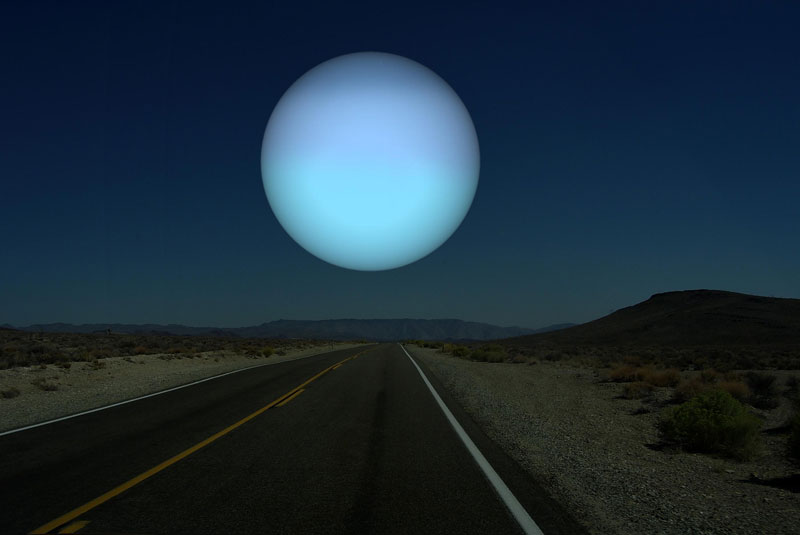
Neptune
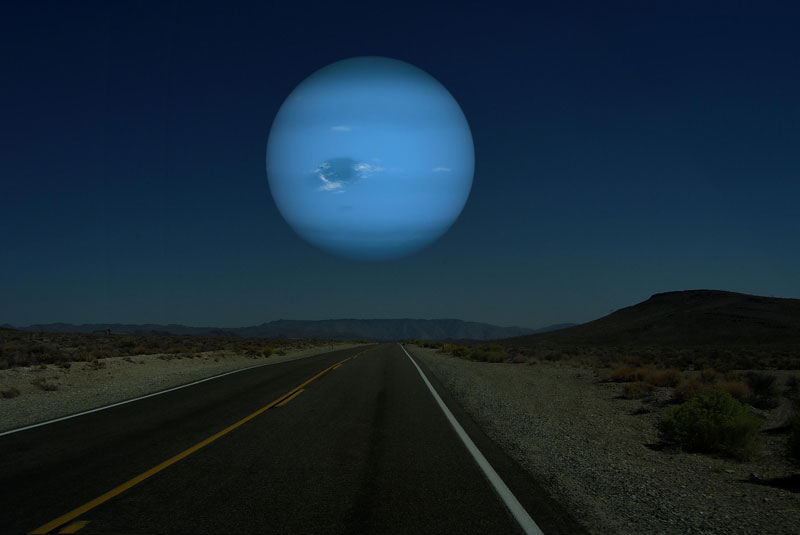
How to Pronounce Uranus
Uranus is unique among the planets for both a natural reason – its horizontal axis of rotation – and also a human reason: it is a Greek God among Romans.
Roman Name Greek Name God of Mercury Hermes Trade & Travel Venus Aphrodite Love Mars Ares War Jupiter Zeus King of the Gods Saturn Kronos Time Caelus Uranus The Sky Neptune Poseidon The Sea Why the German chemist Bode thought that the Greek name was better than the Roman, we may never know. But it’s interesting to note that Herschel explicitly thought that a Roman name for the planet was a bad idea. In his letter to Sir Joseph Banks in 1783 he says:
In the fabulous ages of ancient times the appellations of Mercury, Venus, Mars, Jupiter, and Saturn, were given to the planets, as being the names of their principal heroes and divinities. In the present more philosophical era, it would hardly be allowable to have recourse to the same method, and call on Juno, Apollo, Pallas or Minerva, for a name to our new heavenly body. The first consideration in any particular event, or remarkable incident, seems to be its chronology; if in any future age it should be asked, when this last-found planet was discovered? It would be a very satisfactory answer to say, “In the reign of King George the Third.” As a philosopher, then, the name of GEORGIUM SIDUS presents itself to me, as an appellation which will conveniently convey the information of the time and country where and when it was brought to view.
It was pretty tricky trying to find actual occurrences of The Georgium Sidus or the other names being used in print. Here it is in an 1820 Nautical almanac listed as Georgian. I felt pretty lucky to have stumbled upon the 1823 Encyclopædia Britannica and the article mentioned in the video.
